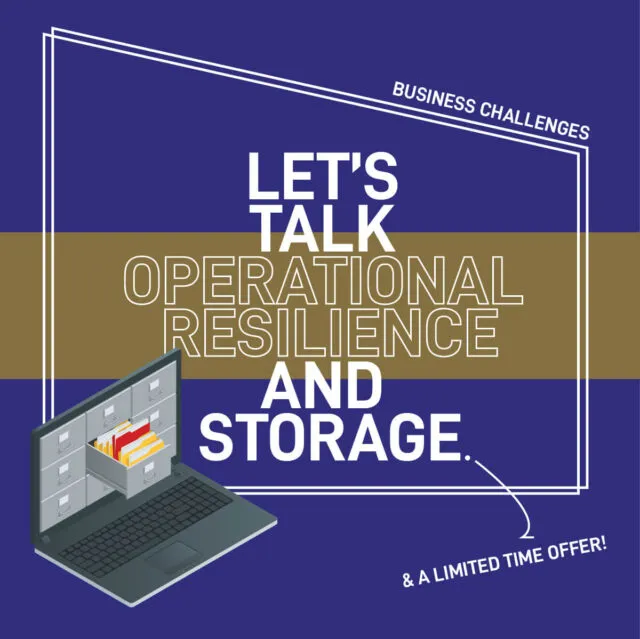5 ways to leverage cloud computing infrastructure in your business
What are the main advantages of cloud computing?
Here are five ways we’re seeing organisations make savvy use of cloud technology.
Cloud computing – aptly enough, it’s a pretty nebulous subject. These days, the cloud is applied to everything from Software-as-a-Service (i.e. cloud-based CRM or finance tools) to public cloud services and private pools of IT resources – be they sat on-premises, or in someone else’s data centre.
What’s clear as day, however, is that cloud – across its many forms – has some very powerful applications. Here are five examples of how organisations we work with are taking advantage of cloud computing infrastructure. We hope they offer inspiration for your own business.
1 – Use cloud computing infrastructure as a shortcut to big data processing and analytics.
All but the largest companies still lack the in-house expertise, budgets, and infrastructure needed to run in-depth analytics, and get the most value out of their data.
If that challenge sounds familiar, cloud-based analytics tools could offer you the chance to process your data without heavy upfront investments and get new insights into business-critical decisions.
With someone else running and maintaining the infrastructure and software, you can focus on choosing the data, running reports, and learning lessons that will help you refine your business operations, products, and services.
Right now, we’re meeting a lot of organisations in this position. We recently worked with a leading higher learning institution that had been struggling to analyse its storage data and optimise its storage resources. We helped its team leverage IBM’s cloud-based Storage Insights tools, giving them almost instant power to report back on their storage environment. (And we do mean almost instant – it took us half an hour to get them up and running.)
The result? Lots of great stuff:
- Improved capacity planning
- Increased utilisation
- Smarter data placement
- Enhanced monitoring
- Simplified reporting
All managed from the cloud, without the need to develop new in-house skills.
2 – Use cloud computing infrastructure for cost-effective data protection and disaster recovery
In the past, disaster recovery infrastructure and solutions – multiple data centres, high availability, and automatic failover features – have come with a prohibitive set of purchase and operating costs.
Now, thanks to the cloud, and to falling costs per terabyte, such safety nets are much more accessible. Pretty much any business is able to:
- Back up critical data to the cloud, without investing further in their in-house systems
- Go a step further, and actually have their servers replicated in the cloud
If you’re about to refresh your backup infrastructure, now’s the time to see what a cloud computing infrastructure can offer – and while you’re at it, to check you’re only backing up what you need to.
We recently helped one large retailer substantially reduce its CAPEX costs, by helping it identify its most critical data and replicate it in a cloud, rather than reinvesting in its ageing on-premise infrastructure.
3 – Use cloud computing infrastructure for flexible test and development
Developing applications, testing major updates, checking new software will play nicely with your existing solutions – there’s a lot of things you don’t want to do on your production infrastructure.
But building and maintaining a separate test and development environment can be costly – especially since there may be long periods of time when your sandbox is sitting idle.
A cloud computing infrastructure offers a natural solution, and it’s one that we use for our own test and development workloads. A good cloud services provider will be able to offer you a sandbox environment on a pay-as-you-go basis. Use it for as long as you need to, then shut it back down.4
4 – Use cloud computing infrastructure in times of peak demand
Does demand for your organisation’s products or services peak dramatically at certain times? Cloud infrastructure could help you ride those waves, letting you scale-out operations when you need to, while you keep your in-house infrastructure the right size for the times when it’s simply business as unusual.
The classic example here is that of the web retailer. On Black Friday, or in the run-up to Christmas in general, a retailer might want to pull in additional compute resources from the cloud ensuring their web systems – and ability to sell – don’t buckle under the weight of the demand.
5 – Use cloud computing infrastructure to upgrade business processing and resource planning powers
If you’re a small to mid-sized business, cloud infrastructure can also help you level the playing field when it comes to accessing today’s most powerful enterprise software.
Leading CRM tools, accounting and project management applications – all are increasingly available through pay-as-you-go, ‘as-a-Service’ purchasing models, offering growing businesses instant access to the same capabilities as their larger peers.

Leveraging cloud successfully
Here’s the bottom line. Whatever your organisation does, there’s almost certainly a way cloud infrastructure could help it to do it better.
But taking smart and successful advantage of the cloud takes planning. To build your business case, you’ll want to evaluate your current IT environment, your organisation’s goals, and your future needs.
You’ll want to put any concerns about data security to bed early on. And you’ll want to make sure you have the right cloud skills in-house – or at least partner with someone who knows this stuff inside out.
Read more like this

IBM Power
Levelling Up from Legacy IBM Power Systems (An EOS Guide)
Why Modernisation Matters Modernisation is often about market competitiveness and relevance. For modernised organisations, offboarding outdated hardware is a matter…

IBM Power
Why Private infrastructure is better for AI
Running AI Models vs. Building New AI Models: Inferencing and Training To make informed platform choices depends on a clear…

Storage and Backup
Improving Operational Resilience (With AI-driven Technology)
The Financial Impact of Cyber Attacks is Underestimated On average, analysts have discovered, a cyber-attack will force a UK SME…
Ready to talk?
Get in touch today to discuss your IT challenges and goals. No matter what’s happening in your IT environment right now, discover how our experts can help your business discover its competitive edge.